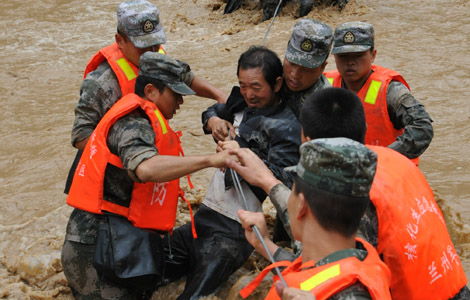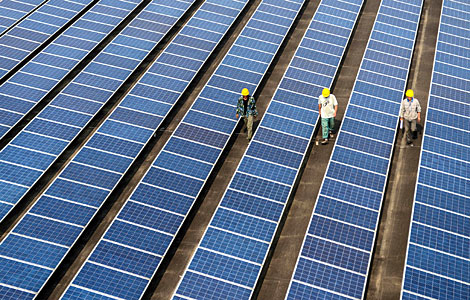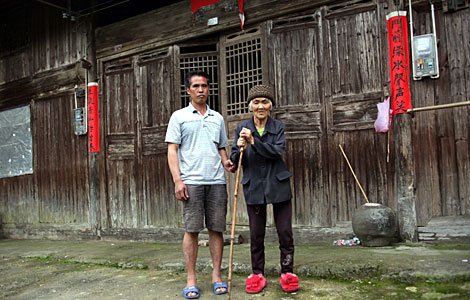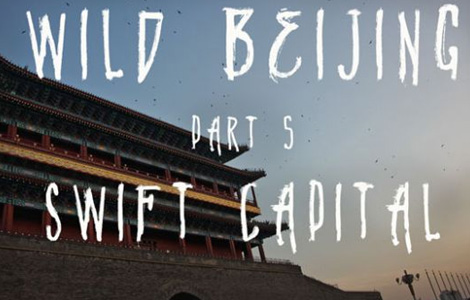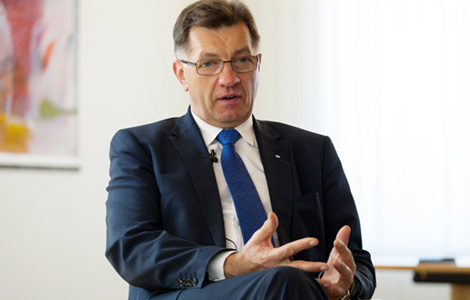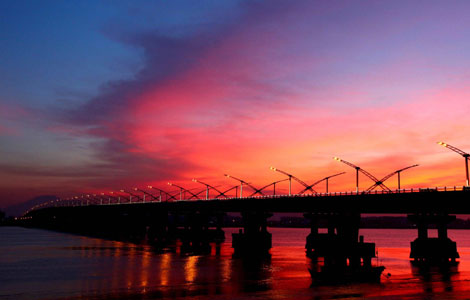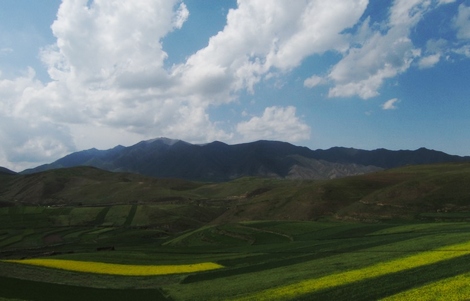Developing Australia's north may be political pipedream
Updated: 2013-07-29 08:02
(Agencies)
|
||||||||
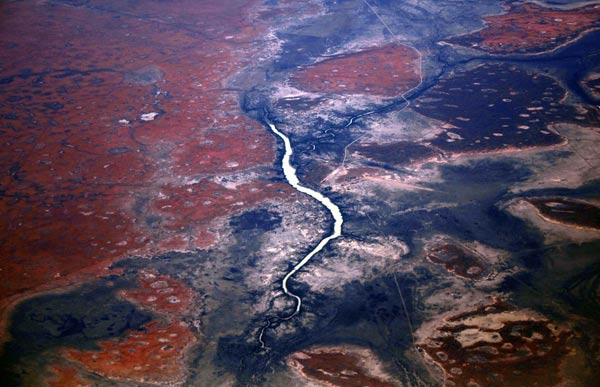 |
|
A river is seen flowing amongst sand dunes in the Tanami Desert located in Australia's Northern Territory July 15, 2013. [Photo/Agencies]
|
Supporters describe conservative opposition leader Abbott's vision as "nation building", while government and environmental critics cite a lack of detail and highlight previous schemes to transform this arid outback which failed due to its remoteness and lack of political and economic backing.
Australia's iron ore and coal mines have driven successive mining booms for more than a decade, feeding China's hunger for resources, and with the last boom now petering out some miners and outback politicians hope Abbott's plan will exploit reserves of gold, diamonds and oil in the north.
But Abbott's plan may be too late. A decade ago, resource companies built roads and houses to support their projects. Today, belts are tight and expansion off the table, says Keith Goode, an analyst for Eagle Mining Research.
Abbott says his "new frontier" plan would tap northern Australia's proximity to Asia and benefit from the region's economic growth. The city of Darwin, in the Northern Territory, is closer to the Indonesian capital Jakarta than Sydney.
Abbott's northern Australia plan is seen as an attempt to show leadership ahead of announcing detailed election policies.
It also appeals to the rural-based National Party, which would be partners in an Abbott-led coalition government and is similar to plans championed by Australian iron ore magnate Gina Rinehart, the world's fifth richest woman according to Forbes.
"Northern Australia is well placed to capitalise on the significant economic, strategic and environmental macro-trends that will shape both the Asian and tropical regions," said Abbott in launching his plan. "No longer will northern Australia be seen as the last frontier, it is the next frontier."
Opinion polls ahead of this year's national election, expected within months, puts Abbott's conservative party ahead of Prime Minister Kevin Rudd's Labor government.
Abbott's vision could see thousands of government jobs in southern cities moved north and special tax breaks to entice businesses to move. But with the Australian budget in deficit and revenues falling, it is unclear how much government money could be directed north.
Abbott said he will produce a White Paper on his Northern Australia plan within 12 months of winning office.
"It's time to do something in the north to improve the entire country's economy, to make use of all our resources, and Abbott's plan does that," said Jerry Ren, a Chinese-Australian who made a fortune prospecting for oil and ilmonite in the Northern Territory.
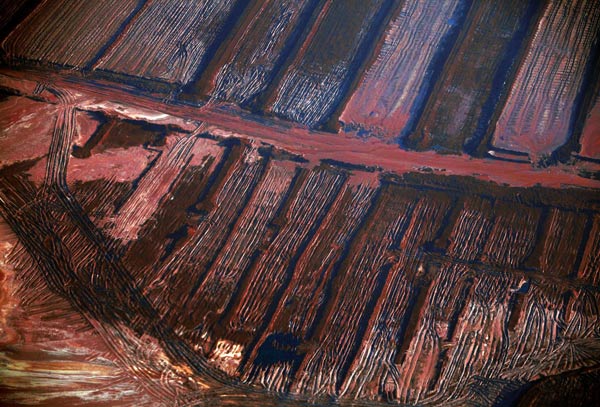 |
|
Mining operations can be seen at the Rio Tinto alumina refinery and bauxite mine in Gove, also known as Nhulunbuy, located 650 kilometers (404 miles) east of Darwin in Australia's Northern Territory July 16, 2013. [Photo/Agencies] |
Crocodile hunters and miners
Over half of Australia lies above the Tropic of Capricorn, but it is home to only five percent of the population. It is a frontier land with little infrastructure, populated by cattle barons, crocodile hunters and aboriginal tribes.
Abbott's plan calls for better outback roads and railways and dams to transform arid regions into a "food bowl" to double agricultural output and boost mineral exports.
Over the past 10 years, $450 billion worth of new mining projects and jobs poured into Australia. But the boom focused mostly on the iron ore in Western Australia state, the coal mines of Queensland state and Indian Ocean gas fields.
The Northern Territory, the size of South Africa, was largely ignored. Iron ore production outside the territory is nearly a half billion tonnes a year, compared with only one million tonnes in the territory.
"Sure, we missed the boat in the last boom, but resources booms come and go in Australia and I'm sure there will be another one and one after that," said Willem Westra van Holthe, the Northern Territory Minister for Mines and Energy. "This (Abbott) plan says the Northern Territory is open for business."
Geologists say the territory has abundant diamond, gold and uranium reserves and the Canada-based Fraser Institute, which measures the attractiveness and ease of mining, ranks the territory one of the best areas to invest in Australia.
Aborigines control the north
Australia's miners and Aborigines are uncomfortable bedfellows. The minerals beneath aboriginal land in the north can benefit the nation's most disadvantaged people, but often mineral wealth clashes with their ancient beliefs.
In 1991 Australia's then prime minister stopped then BHP's planned Coronation Hill gold mine because of local Aborigines believed a giant serpent lived beneath the hill.
A fifth of the Northern Territory is now owned or controlled by aboriginal groups and Abbott will need to convince them of the benefits of mining if he is to see a new resources boom.
Many Aborigines have joined environmentalist to discourage mining. Electronic sensors have even been installed in some places to warn if mining companies trespass.
The Gundjeihmi Aboriginal Corp is campaigning for the massive Jabiluka uranium deposit, 300kms (185 miles) south of Darwin, to be included in the nearby Kakadu National Park to stop further development.
Resources multinational Rio Tinto's Energy Resources of Australia Ltd subsidiary is permitted to mine uranium around the site until 2021 but only as long as it adheres to restrictions imposed by indigenous land owners.
Green politicians, likely to be key swing votes in the upper house Senate after the election, oppose Abbott's plan.
"Large scale intensive agriculture across the north of Australia has been a pipedream for decades. It's been tried before and the results have ended up as expensive white elephants," said Australian Greens Senator Rachel Siewert.
Most Viewed
Editor's Picks

|

|

|

|
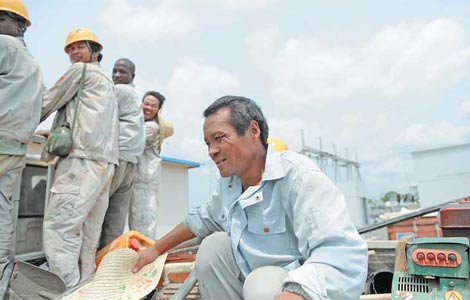
|
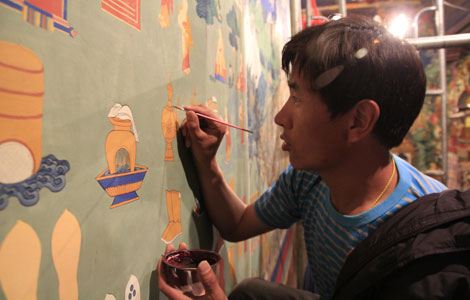
|
Today's Top News
Latest US-China talks should smooth the way
Audit targets local government debt
30 people killed in Italy coach accident
Brain drain may be world's worst
Industry cuts cloth to measure up to buyers' needs
Reckless projects undermine the prosperity hopes
Financial guru looks to nation's future
China's land market picks up again: report
US Weekly

|

|

